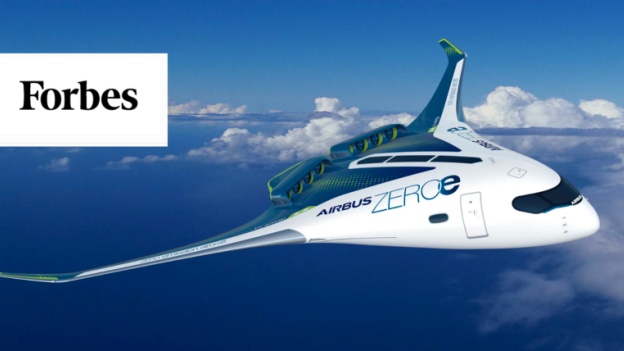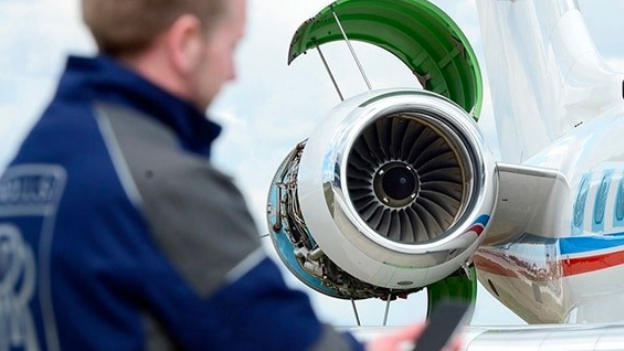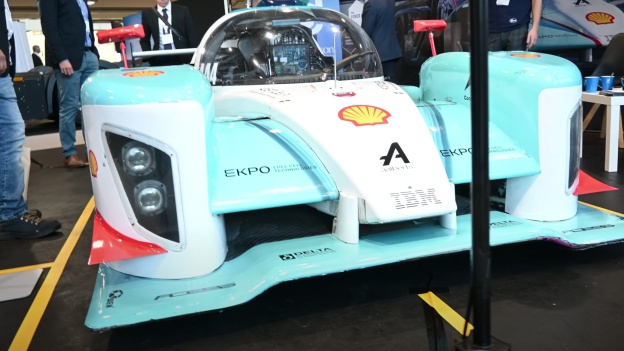He has circumnavigated the globe in a balloon, a few years ago in a solar plane and now the famous Swiss adventurer and explorer Bertrand Piccard is about to take on a new challenge. In a project called Climate Impulse, he plans to fly around the world non-stop in a hydrogen-powered plane in 2028. The main technology partner is Syensqo, formerly part of Solvay, which has long worked with Piccard.
According to Bertrand Piccard, the main goal of this unique venture is not so much the flight itself, but the effort to demonstrate how concrete solutions can help build a cleaner and more efficient world.
The project has already completed two years of research supported by Airbus, Daher, Capgemini and with the participation of the Ariane Group. Now comes the actual construction of the aircraft, which was developed in France by engineer and navigator Raphaël Dinelli. The aircraft will then undergo thorough testing over the next two years.
Climate Impulse is expected to be a technological breakthrough. As well as producing green hydrogen from renewable energy and using it via fuel cells to power electric motors, the main challenge lies in keeping liquid hydrogen at -253°C for the estimated nine days of flight. This will require revolutionary innovations in the form of special thermal tanks.
Syensqo was the first and main technology partner to team up with Bertrand Piccard almost 20 years ago in connection with the development of the solar aircraft.
Composite materials, films and additives from the company's workshop should now again be key to the production of the entire hydrogen aircraft structure, from the fuselage to the wings and hydrogen tanks.
"Our 13,200 employees are proud to be part of this human, environmental and scientific adventure showcasing the power of sustainable innovation," says Ilham Kadri, CEO of Syensqo.
Bertrand Piccardo's pioneering projects fit into his family's story. His grandfather Auguste was a pioneer of stratospheric ballooning, his father Jacques an oceanographer who managed to bring his bathyscaph to the bottom of the Mariana Trench.
Source: climateimpulse.org
Photo source: solarimpulse.com






























